Building Relationships and Expanding Expectations at Brooklyn Lab
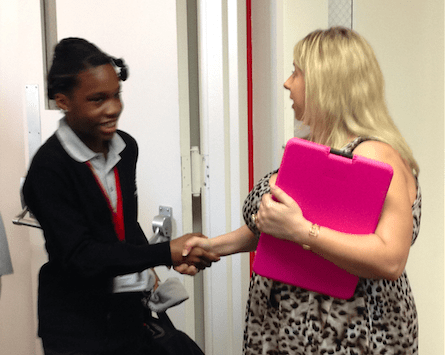
“Hello, welcome, I love the new hair. Hello, so happy to see you on time. Hello, you sure look ready to go this Monday morning.” That is the sound of Co-Founders of Brooklyn Lab Charter School (@BklynLabSchool), Eric Tucker and Erin Mote, as they meet each student at the schools entrance and greet them by name. On this chilly September morning, the students scurry anxiously into the building, checking “non-school necessary items” at the front desk and gathering excitedly in advisory groups.
Getting Smart has been following Brooklyn Lab Charter School (or LAB for short) for the last year as they have been refining a next gen model of education for the kids of Brooklyn – a school designed to “prepare students with the academic foundation, digital literacy, and leadership skills necessary to succeed in college and professional life as they grow as ethical leaders.” Needless to say, we have been chomping at the bit to see these guys in action.The hustle and bustle of back to school is alive and well at LAB, and although its launch hasn’t been without challenge, the LAB community has created a unique learning experience for their students that emphasizes the importance of BOTH their student’s academic and emotional well being.
When you first walk into the nearly 108 year old building in the heart of the Brooklyn Tech Triangle, “traditional school” is the last thing that comes to mind. The center of the action takes place in a great room that acts as a dynamic atmosphere for a variety of learning environments. One hour you may find students working in classroom-like settings in the corners of the room, the next hour you may find students working in small groups of three with movable whiteboards and tutors. You will find small clusters form comfortably on the stairs, on the floor, on the stage – there is no question about it, the flexible environments at LAB, assure that learning is not confined to the traditional classroom.
As you walk the halls, pops of color are combined with motivation and inspiration. These quotes don’t just look nice, they serve a purpose. Each design decision was thoughtful and intentional.
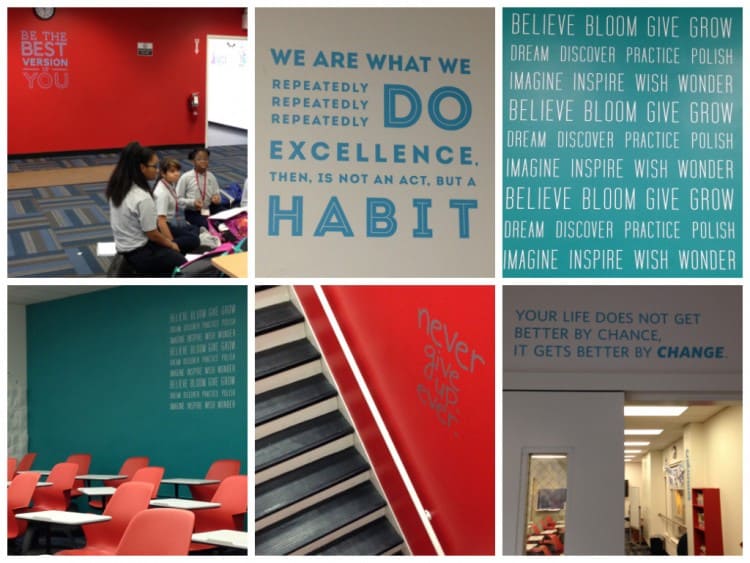
LAB is creating a personalized experience for their students, and it is clear that a culture of high expectations will be key to their success in that mission. The intended culture is evident throughout the school in sight and sound. You won’t hear mention of students in the halls and classrooms of LAB, only “scholars.” You won’t see shirts that are untucked or individuals that are out of uniform. You will hear affirmation of good work and acknowledgement of scholars meeting expectation; you will see handshakes and snaps for encouragement, or the silent spirit fingers (of sorts) that students show when giving their fellow scholars “some love.” And you will see a packed house from the hours of 7:15am – 5:15pm – a true display of the dedication that is required from both students and faculty alike.
This professional culture is new to many of the LAB scholars and to think that 132 6th graders would fall in line immediately would be unrealistic (anyone who has experience with 10 and 11 year olds can relate to this), but the LAB team is relentless in their pursuit of high expectation with their students. All of the lead teachers and corps tutors speak a common language and repeat expectations regularly. Although scholars often have to repeat routines to show that they can and will do them correctly, at the end of the day it is clear when something has been done correctly and when an attitude needs an adjustment. It is this clarity that will have them on track in no time.
How do you logistically monitor student progression and wellness in a model like this? There are three key components of the LAB model that offer unique solutions for a Next-gen environment:
Staffing. One thing that stood out during my visit was the sheer amount (and quality) of adult supervision. With an education model that looks beyond direct instruction, there is a need to create a staffing structure that better fits their needs and allows for the small group instruction (no more than 3 students at a time) need that is an integral part of LAB’s focus on providing personalized learning for all students. The LAB team includes 6 lead teachers and 24 Lab Tutor Corps Fellows (full time tutors, all with bachelors degrees, who work with students in small groups or 1:1). The fellows will have the opportunity to join a teacher residency program which provides LAB with a pipeline of quality educators as the school continues to grow. Tucker attributes this idea from a lesson learned by Match Education charter schools in Boston. After initial struggles, they saw a huge increase in student success with a similar staffing structure.
Platform. In early conversations, the co-founders had noted a feeling of having to compromise when it comes to platforms – with nothing currently available in the marketplace that has achieved the vision that the that they had for their school. Talk of developing their own platform was balanced with questions around the reality of such a big task (especially with all of the other things that are necessary to build a new school). In order to achieve the schools commitment to an education that combines joy and rigor, they moved forward with the development of an education platform that will help them capture a picture of the whole child. This platform will be the key to the development of personalized learning paths for the LAB scholars and will hold complete learner profiles that support teachers and fellows in making informed decisions about student needs The team opened the doors successfully with their own platform and with the help of fellow Next Generation Learning Challenges grantees who are testing the beta version will continue to improve upon it in the months to come.
Blended Learning. The students have been working through several weeks of digital literacy training – good example of the LAB team’s ability to be flexible in attempt to stay solution focused and take challenges head on, even when they are unanticipated. In addition to daily independent online practice, the students are given the opportunity to advance technological knowledge through courses such as video game design, digital production, and robotics (just to name a few). The staff believes in teaching technology in a way that allows the students to transition to being producers of, rather than solely consumers of technology.
As the students funnel out the front door at the end of a long day, it is easy to see that although challenged and sometimes emotionally exhausted, they feel comfortable and safe in the environment that surrounds them. At the heart of LAB is relationships, no matter who you talk to on the campus, you hear words of genuine concern for the scholars well being – both academically and emotionally – a true balance of joy and rigor. And as those energetic and emotional 6th graders hurry out to meet their parents and guardians, you can see the slight look of appreciation – a look that may be hidden or masked, but one that you know is there, and one that will become more and more obvious as they age. We look forward to continue following the LAB story and celebrating the scholars’ progression. Thank you to the LAB team for a great visit!
Brooklyn LAB by the numbers
- 132 – Number of 6th grade scholars on site
- 132 – Number of Chromebooks for students
- 33 – Percentage of students with special education needs
- 85 – Percentage of students eligible for free and reduced lunch
- 22,000 – Number of New York City Project doors knocked on during the recruitment process
- 3700 – Number of applications received to fill the 6 lead teaching positions
- 26 – Number of enrichment courses available to scholars (includes options such as Mandarin, Step, Boys and Girls Basketball, Robotics, and more)
- 1 – Number of phone calls per week that every scholar receives (every week).
For more stories on what schools around the country are doing to provide Next-gen education for their students, check out: Lessons from Horry County, World Class PD at Summit Public Schools, Performance-Based Assessment in Action, and Developing Life Long Learners in the Elementary Grades.
Next Generation Learning Challenges is a Getting Smart Advocacy Partner.

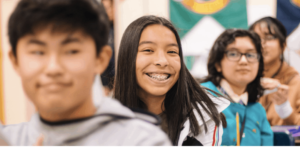
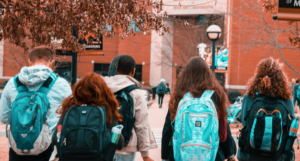
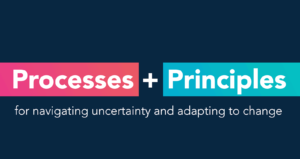
0 Comments
Leave a Comment
Your email address will not be published. All fields are required.